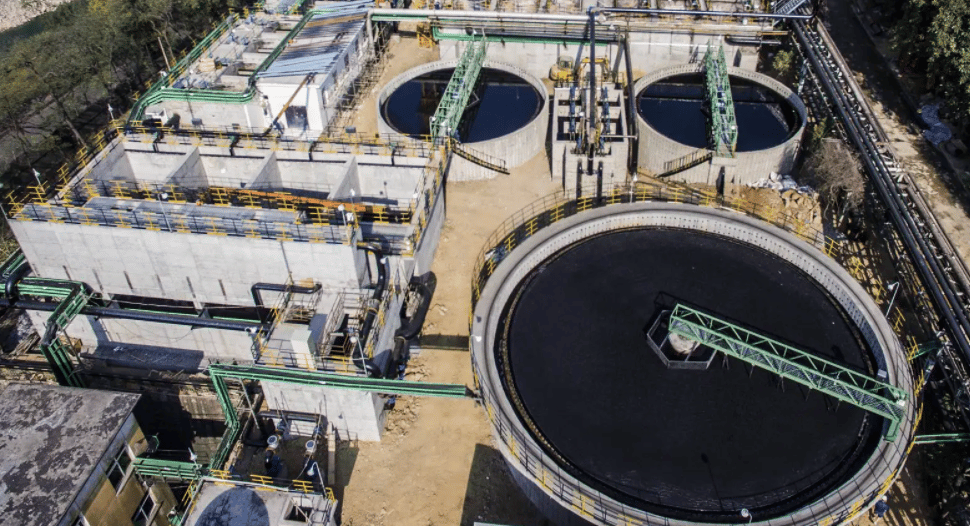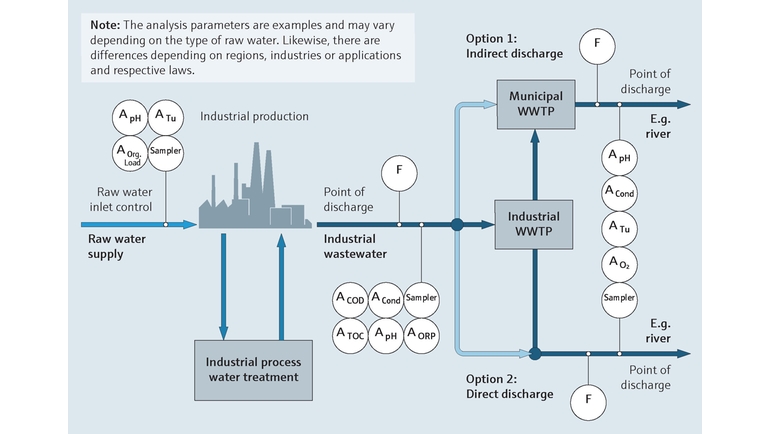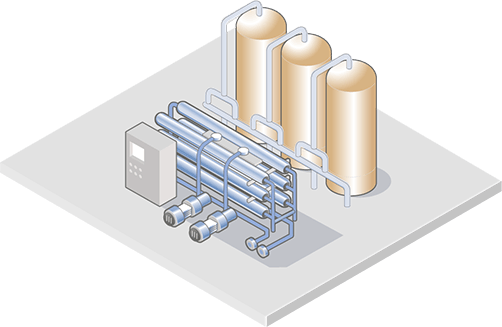Industrial Waste Water Treatment-- Customized Solutions for Effective Wastewater Treatment
Industrial Waste Water Treatment-- Customized Solutions for Effective Wastewater Treatment
Blog Article
Developments and Breakthroughs in Industrial Waste Water Therapy Technologies
The landscape of industrial wastewater treatment is going through a transformative shift, driven by innovations that enhance both efficiency and sustainability. As regulative standards develop, the combination of AI and device discovering right into wastewater administration systems promises to simplify procedures and ensure conformity.
Introduction of Drainage Treatment Technologies
Wastewater treatment innovations include a variety of methods designed to remove impurities from commercial effluents before their release right into the setting. These modern technologies are important for preserving environmental balance and ensuring conformity with environmental regulations. The primary groups of wastewater treatment include physical, chemical, and organic approaches, each serving distinct objectives based on the nature of the contaminants existing.

Organic therapy approaches employ bacteria to deteriorate raw material, making them particularly efficient for organic-rich effluents. Methods like triggered sludge and biofilm activators harness the all-natural degradation capabilities of bacteria, causing substantial reductions in biochemical oxygen need (FIGURE)
Advanced Purification Strategies
Advanced purification techniques represent a crucial development in the realm of industrial wastewater therapy, boosting the efficiency of contaminant elimination procedures. Industrial Waste Water Treatment. These approaches incorporate an array of technologies, consisting of microfiltration, ultrafiltration, nanofiltration, and turn around osmosis, which give consecutive barriers for various particle sizes and chemical structures
Microfiltration and ultrafiltration utilize membrane layer systems to get rid of put on hold solids, microorganisms, and bigger natural molecules, enhancing the high quality of effluent before further treatment. Nanofiltration links the void in between ultrafiltration and reverse osmosis, efficiently getting rid of organic compounds and divalent ions, therefore minimizing the load on downstream processes.
Reverse osmosis supplies the highest degree of filtration by permitting just water and tiny particles to go through its semi-permeable membrane layers, making it ideal for redeeming high-quality water from commercial effluents. Recent improvements in membrane layer technology, including the development of more fouling-resistant and resilient materials, have actually considerably improved functional effectiveness and decreased expenses.
Incorporating these innovative purification techniques not just enhances the general treatment procedure however also contributes to sustainability initiatives by enabling water reuse and source recuperation in industrial setups. (Industrial Waste Water Treatment)
Biological Treatment Advancements

Furthermore, the growth of crafted biological systems, such as membrane layer bioreactors (MBRs), integrates biological therapy with sophisticated membrane purification. This combination permits higher effluent top quality and minimized footprint, making it ideal for space-constrained commercial facilities. Technologies in genetically engineered microorganisms have actually also arised, enhancing the biodegradation of particular pollutants, such as drugs and heavy metals, that are commonly testing to remove.
In addition, the application of bioaugmentation approaches, where useful microbes are introduced to boost the existing biological therapy processes, has actually revealed appealing outcomes click to find out more in enhancing treatment performance. These innovations jointly signify a pattern in the direction of more sustainable and reliable organic treatment methodologies that can adapt to the advancing complexities of industrial wastewater streams. As sectors continue to prioritize environmental conformity, these organic developments will certainly play a critical function in wastewater management.

Source Healing Methods
In commercial settings, the integration of source healing methods has actually become significantly important for enhancing sustainability and decreasing waste. These techniques focus on removing important products and energy from wastewater streams, thereby changing potential contaminants into recyclable resources.
One prominent strategy is nutrition recuperation, where nitrogen and phosphorus, typically existing in excess in wastewater, are recorded and exchanged fertilizers. This not only you can find out more lowers environmental effects yet also gives a circular economic situation option for agricultural applications. In addition, technologies such as anaerobic food digestion enable the conversion of organic waste right into biogas, a renewable resource resource that can offset nonrenewable fuel source use in commercial operations.
Additionally, advanced filtration and membrane modern technologies facilitate the healing of commercial byproducts such as salts and metals. These recuperated products can be rehabilitated into production processes, minimizing the requirement for virgin sources.
Future Fads in Waste Water Management
As markets significantly focus on sustainability, the future of wastewater monitoring is readied to undergo significant improvements. Technical innovations, such as artificial intelligence and artificial intelligence, will certainly enable more efficient monitoring and management of wastewater systems. These technologies can anticipate maintenance needs, optimize treatment processes, and enhance decision-making, ultimately reducing functional costs and environmental impact.
In addition, the integration of circular economy concepts will certainly play a crucial duty in wastewater management. Industries are expected to shift towards systems that not only treat wastewater but additionally recoup useful sources, such as nutrients, water, and energy. This transition will certainly decrease waste and advertise the reuse of materials, aligning with international sustainability objectives.
Emerging treatment strategies, such as membrane layer bioreactors and advanced oxidation processes, will certainly additionally enhance the effectiveness of wastewater therapy, enabling for better effluents ideal for reuse. Furthermore, regulatory structures are likely to evolve, stressing stricter standards for wastewater discharge and motivating industries to take on ingenious treatment options.
Final Thought
In verdict, the advancement of industrial wastewater treatment innovations shows a significant shift towards improved performance and sustainability (Industrial Waste Water Treatment). Innovations in sophisticated filtering strategies, organic therapies, and resource recovery techniques highlight the market's dedication to ecological stewardship.
The landscape of commercial wastewater therapy is undertaking a transformative shift, driven by innovations that enhance both effectiveness and sustainability.Wastewater treatment innovations include an array of approaches made to get rid of impurities from commercial effluents prior to their launch right into the setting.Harnessing the power of organic procedures has actually led to substantial technologies in the therapy of commercial wastewater.In addition, the execution of bioaugmentation approaches, where valuable germs are presented to boost the existing biological look at this website treatment processes, has revealed encouraging outcomes in enhancing treatment performance. These innovations jointly indicate a fad towards more lasting and reliable biological treatment methodologies that can adjust to the advancing intricacies of industrial wastewater streams.
Report this page